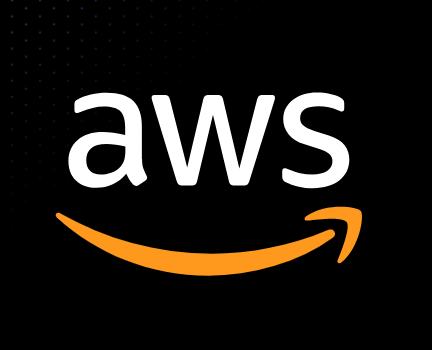
Welcome to the SphereClouds blog, where we explore the latest trends and best practices in cloud computing. In this article, we delve into the world of AWS cost optimization and share invaluable insights to help SphereClouds users maximize the value of their AWS investments. Discover practical strategies and proven techniques to optimize costs while maintaining performance and scalability.
Assessing Workload Requirements:
Understanding your workload requirements is the first step in AWS cost optimization. Conduct a thorough analysis of your application's resource utilization patterns. Identify areas where you can right-size your resources and determine the optimal instance types for your workloads. By matching resources to workload demands, you can avoid unnecessary expenses.
Leveraging Reserved Instances (RIs):
Reserved Instances allow you to reserve capacity for predictable workloads, providing significant cost savings compared to on-demand instances. Evaluate your usage patterns, forecast resource needs, and strategically invest in RIs for long-term commitments. By optimizing RI utilization, you can unlock substantial cost reductions without compromising performance.
Harnessing the Power of Spot Instances:
Spot Instances offer spare AWS capacity at highly discounted prices. Leverage Spot Instances for fault-tolerant or non-time-sensitive workloads. By intelligently bidding on Spot Instances and designing your applications for fault tolerance, you can achieve significant cost savings while taking advantage of AWS's excess capacity.
Implementing Auto Scaling:
Auto Scaling enables you to dynamically adjust resource capacity based on demand. Configure Auto Scaling groups to automatically scale in and out based on predefined metrics such as CPU utilization or network traffic. By scaling resources up or down as needed, you can optimize costs by only paying for the resources you require at any given time.
Optimizing Storage Costs:
AWS offers a variety of storage options with different cost structures. Analyze your data access patterns and choose the most cost-effective storage tiers. Frequently accessed data should reside in high-performance tiers, while infrequently accessed or archival data can be stored in lower-cost tiers like Amazon S3 Glacier or Amazon EBS snapshots. Implement data lifecycle policies to automate the migration of data between storage tiers.
Embracing Serverless Architecture:
AWS Lambda and other serverless services provide an opportunity for significant cost savings. With serverless, you pay only for the actual compute time your functions consume. Migrate appropriate workloads to serverless architectures to eliminate the costs associated with managing and provisioning servers. Enjoy the benefits of automatic scaling and reduced operational overhead.
Utilizing Cost Management Tools:
AWS offers a suite of cost management tools, such as AWS Cost Explorer, AWS Budgets, and AWS Trusted Advisor. Leverage these tools to gain insights into your cost drivers, set budget alerts, and receive recommendations for cost optimization. Regularly monitor your cost reports and leverage the power of data to identify areas where further optimization is possible.
Monitoring Data Transfer Costs:
Data transfer costs can add up quickly. Optimize data transfer expenses by implementing caching mechanisms, content delivery networks (CDNs), and using AWS Direct Connect for large-scale data transfers. By minimizing unnecessary data transfers and optimizing network traffic, you can effectively control your data transfer costs.
Cultivating a Cost-Optimization Mindset:
AWS cost optimization is an ongoing process that requires a culture of cost awareness within your organization. Encourage your teams to embrace a cost-optimization mindset and provide training on best practices. Foster a continuous optimization approach, where teams regularly review and refine their resource allocation strategies to drive efficiency and control costs.
AWS cost optimization is essential for SphereClouds users seeking to maximize the value of their AWS deployments. By following the strategies outlined in this article, including workload assessment, RI and Spot Instance utilization, Auto Scaling implementation, storage optimization, embracing serverless architecture, utilizing cost management tools, monitoring data transfer costs, and fostering a cost-optimization mindset, you can achieve substantial cost savings without compromising performance and scalability. Continuously refine your cost optimization efforts to unlock even greater efficiencies and drive the success of your cloud initiatives with SphereClouds and AWS.